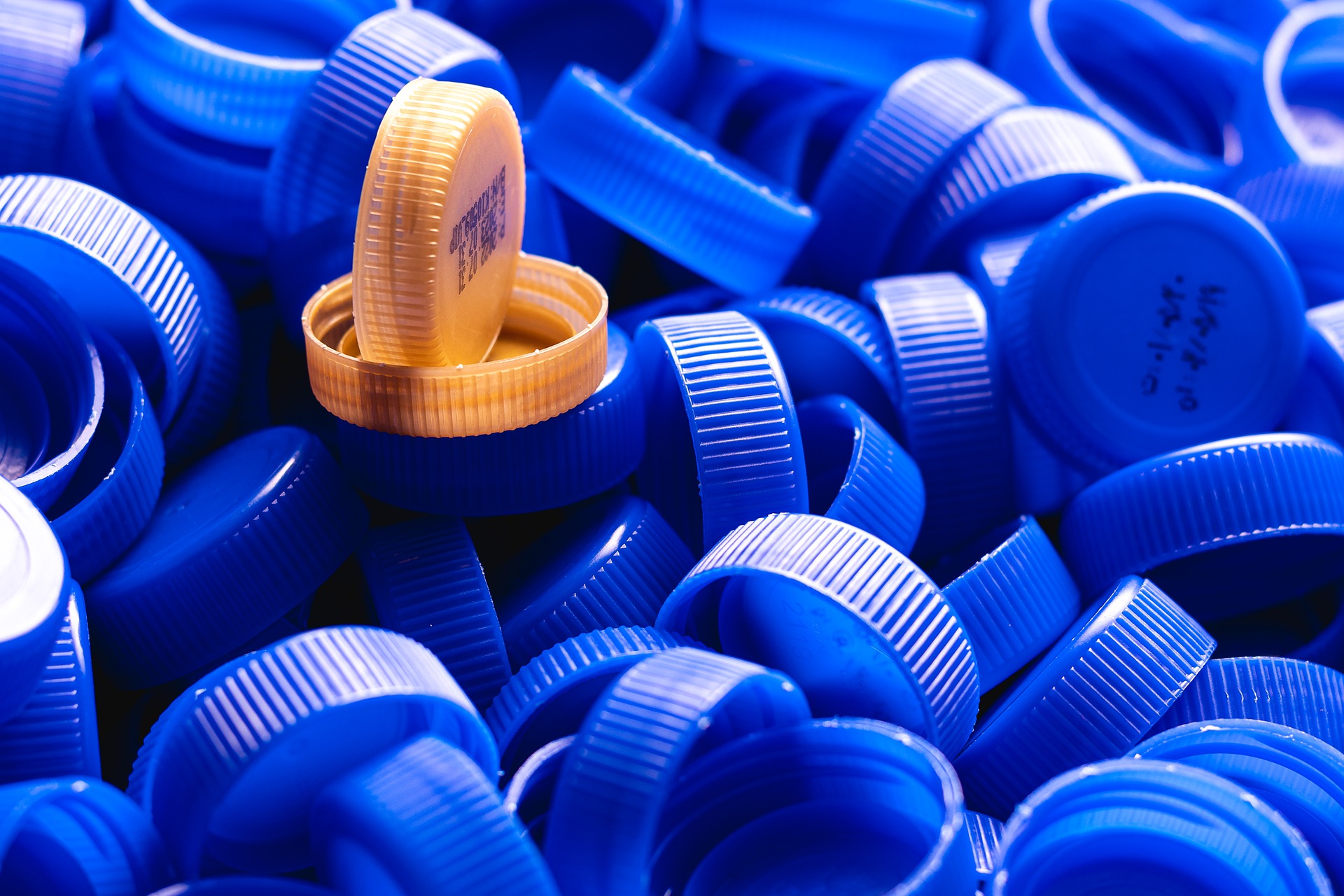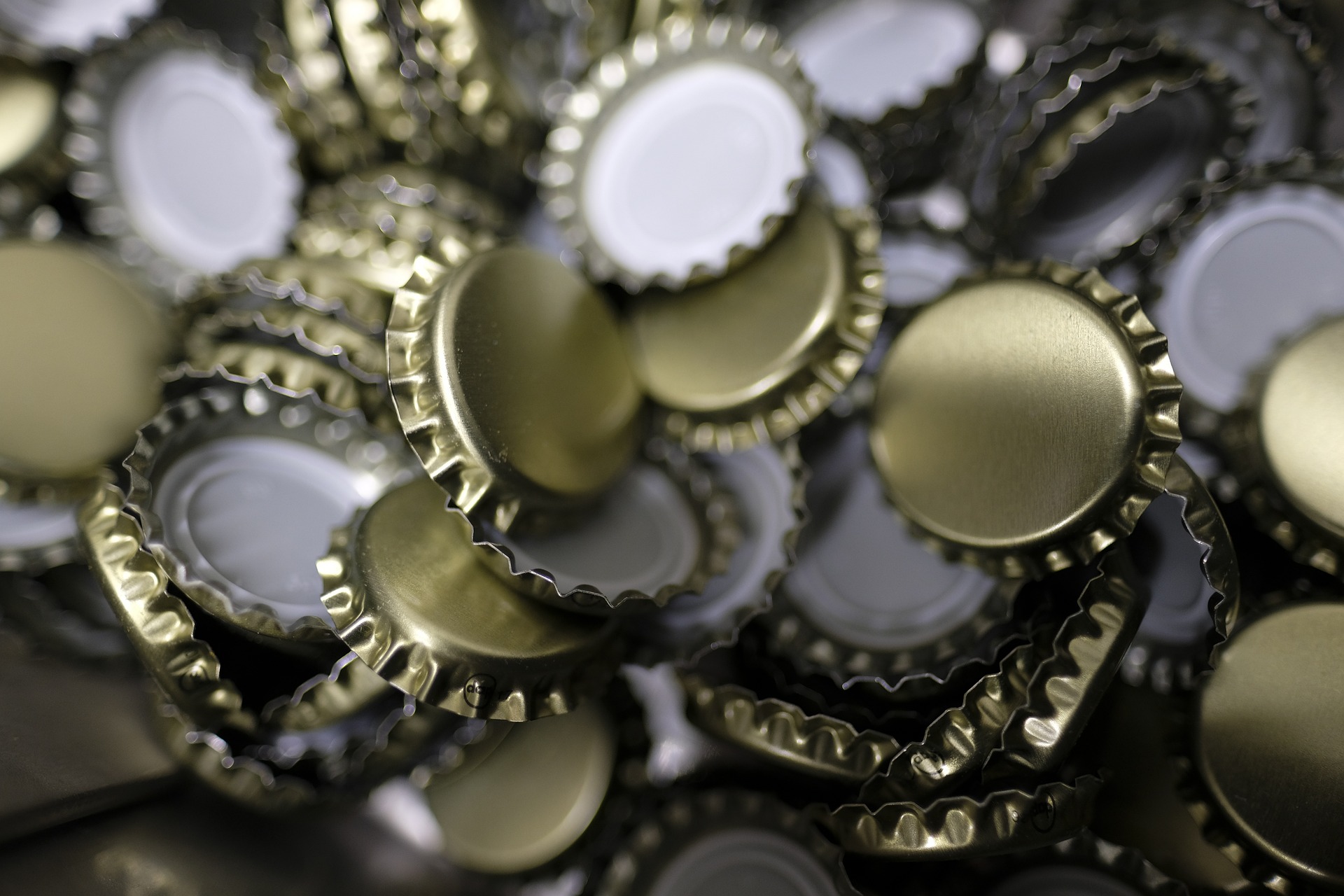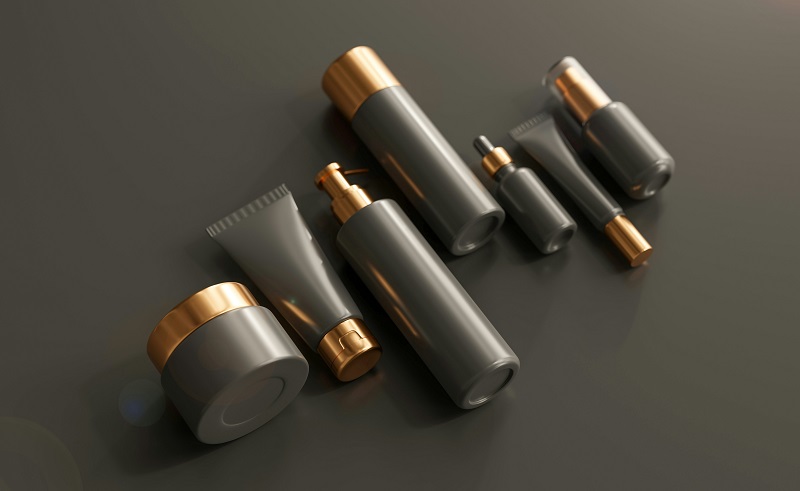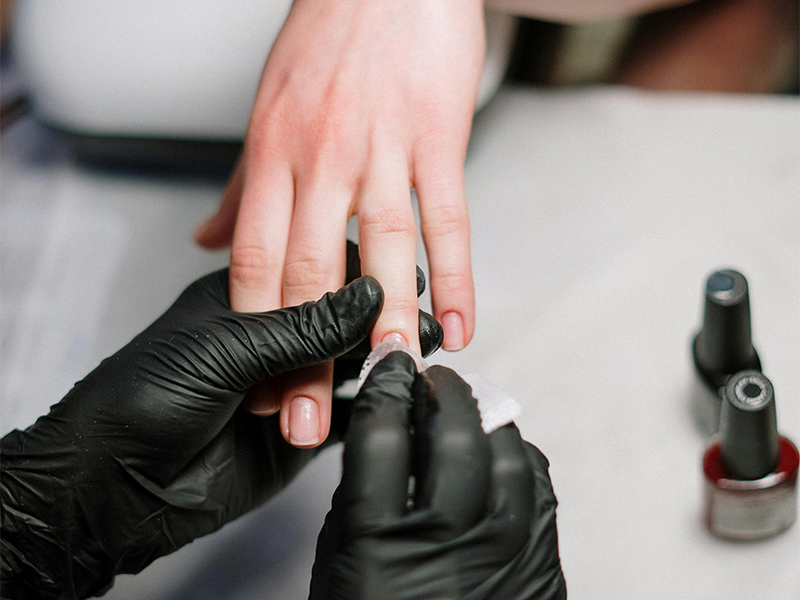Bottle caps are one of the most ingenious inventions that we really don't give much thought to, although if you do think about it, you rarely see a glass bottle without a cap!
They can be made in a variety of colors and designs, and they're easy to open and close. They help keep our drinks fresh and fizzy, and they can be reused repeatedly. It's no wonder that they're so popular!
Bottle caps are inexpensive, easy to find, and extremely versatile. You can use them to decorate your home, make jewelry, or even create works of art combining them with other items. And because they're so small, you can take them with you wherever you go.
How Long Have They Been Around?
Bottle caps first appeared over 150 years ago and have their beginnings in the United States. The bottle cap was created in 1892 when William Painter invented the first crown cork bottle seal.
He went on to develop the Crown Cork & Seal Company in Baltimore, which eventually became a Fortune 500 company. The company is still in existence today, doing what they do best.
Types of Bottle Caps
There are many different kinds of bottle caps, and they come in a variety of colors and sizes. Some bottle caps are embossed with logos or other designs, while others are plain. Bottle caps can also be equipped with features like tamper-evident seals or pour spouts.
The most common type of bottle cap is the steel screw cap, which is used on a wide variety of products, from sodas to beers. These steel caps have threads that screw onto the threads on the neck of the bottle but it wasn't until after World War II that steel screw caps were used on a wide scale.

Another common type of bottle cap is the snap cap, which is used on many types of glass bottles and plastics; those typically used for water and juice. Snap caps have a raised button in the center that pops up when the bottle is opened.
Other types of bottle caps include crown caps, which are metal and generally used on beer bottles; spout caps, which are often used on sports drinks and other beverages that are meant to be consumed quickly; and pump action dispenser tops, which are commonly used for ketchup or syrup.
There are also unique bottle caps that are commonly used for decorative purposes or to create a seal that is more difficult to break.
Different Materials
Bottle caps are typically made of aluminum or plastics; not to be confused with bottle cap candy, which probably deserves a mention here.
Candy
This confectionery item is made by many brands and comes in a variety of colors, shapes, and sizes. Commonly a type of hard candy, it’s often flavored with fruit or cola. It can be found in any convenience store or supermarket.
Aluminum
These bottle caps are lightweight and easy to recycle materials, but they can corrode over time. These caps are generally made from one piece of metal and because the process is relatively simple, these products can be mass produced quickly and easily.
The most common type is the screw top, which can be opened and closed multiple times without damaging the threads.
First, the process of production begins by heating a sheet of aluminum material until it is soft enough to be stamped into a circular shape. The soft metal is then pressed into a mold that creates the outline of a bottle cap.
The cap is then trimmed to size and any sharp edges are smoothed away during the process. Finally, the cap is given a coat of lacquer to protect it from corrosion.

Plastic
These bottle caps are less likely to corrode, but they are not a recyclable material in all areas. They are usually made in two pieces that are then joined together.
The most common type used for bottle caps is polyethylene terephthalate (PET). PET is a strong, lightweight material that is heat resistant and can be easily molded. These materials are also shatter-resistant, making it a good choice for bottle caps.
PET or polyethylene terephthalate is primarily used to make bottles, packaging, and other products. It is recyclable, and recyclable polyethylene terephthalate (PET) can be made into new products.
Polypropylene
Polypropylene is a sturdy plastic that is known for its good impact strength and durability. It is also cost effective and thermal resistant, making it a good choice for bottle caps. It can also be autoclaved, making it a good option for products that need to be sterilized. Polypropylene caps are available in a wide mouth size, which makes them well-suited for many dry products.
A lot of the decision about which component you should use rests in the density of the object you're supplying a cap for. For example, glass density differs greatly from plastics.
Conclusion
It is estimated that over 100 billion bottle caps are produced each year and the density of the ensuing waste is problematic. However, while most people don't give them a second thought, bottle caps are an essential part of our modern world.








